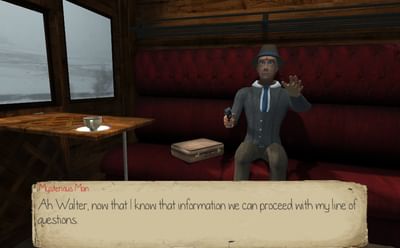

It is calculated by: area above the Lorenz curve (A) divided by total area under the 45 degree line (A + B).Ĭountries that have a very unequal distribution of education are:Ĭountries that have less inequality in education distribution are: The hgher the Gini Coefficient the greater the inequality.ģ. The closer the Lorenz curve os to the 45 degree line, the more equal the distribution of educaiton.Ģ. The 45 degree line of perfect equality would represent the situation if everyone had the same number of years of schooling.Ĥ. Cumulative proportion of years of schooling is plotted on the y axis. Cumulative proportion of the population is plotted on the x axis.Ģ.

Lorenz curves are often used to illustrate the distribution of income, but they can also be used to graph the distribution of education.ġ. PART 2: EDUCATION SYSTEMS AND THE DISTRIBUTION OF EDUCATION This perpetuates the concetration of income and means those that already have wealth will be able to attain an education and become even wealthier. secondary education is a lot more expensive and poor families cannot afford it.ģ.
#The thought train free
While primary education is often free in developing countries. Evebn though is education is often free in the primary school years, there a higher opportunity cost of sending children to chool in poor families, in the form of income lost.Ģ. There are many reasons to suggest that education systems in LDC's are inherently inegalitarian. This income inequality will be reinforced if it is mainly students who are wealthier to begin with that get secondary and university education. The income differential between those that have completed secondary and university educations compared to those who only have a primary school education can be somewhere in the order of 300% to 800%! Now remember, there is a direct correlation between leve lof formal education and level of lifetime earnings. Part 3: Is it possible that increased education can Increase Inequality and Poverty? Put two and two together and the effects of the neglect to traditional sector should come as no suprise. Coincidentally, over 2/3 of the world's poorest people also live in rural areas. 3.3 billion people in the world today live in rural areas. Today, development economists have come to realise that far from playing a passive, supportive role in development, the agricultural sector plays a crucial part.

Indeed, Lewis's famous theory of development, the two sector model places a heavy emphasis on industrial expansion, and sees agricultural supporting this expansion by providing cheap food and surplus labour. Traditionally, the agriculture was seen as having just a supportive role to the industrial sector. Part of the reason has to do with the economic stagnation of rural areas in many countries. 'It is in the agricultural sector that the battle for long-term economic development will be lost or won'- Gunnar Myrdal, Nobel Laureate in EconomicsĪn unprecedented number of people are migrating from rural to urban areas in developing countries.


 0 kommentar(er)
0 kommentar(er)
